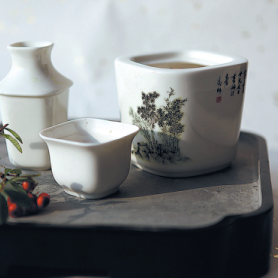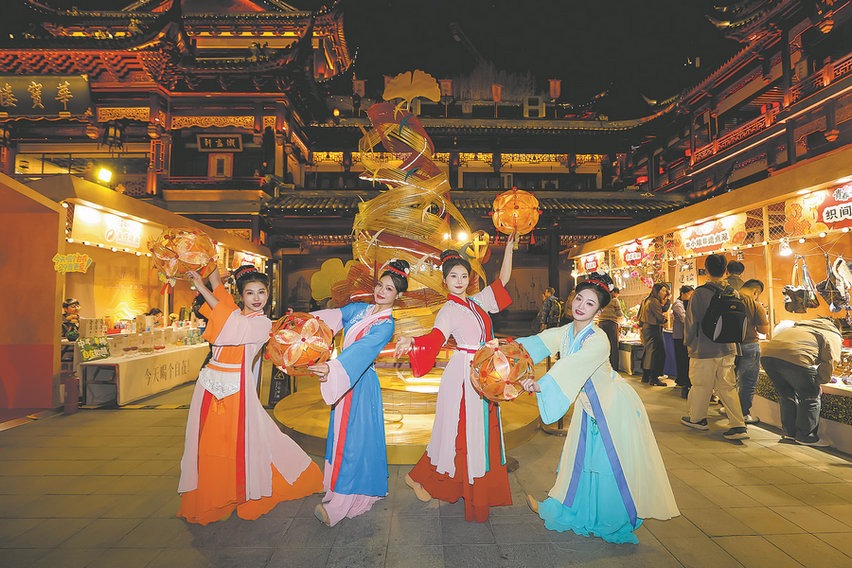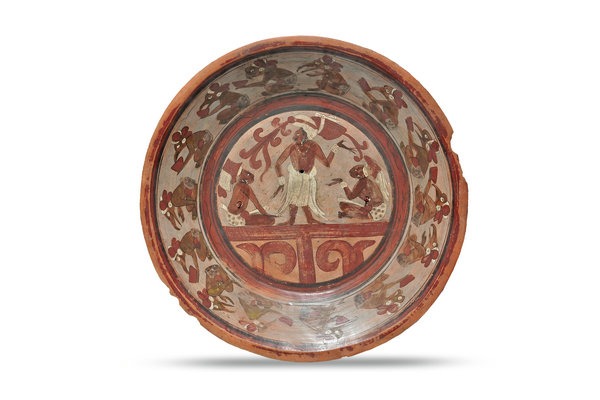Museums cash in on the past
Online and on-site sales for modern products that provide cultural links are on the rise, Xu Lin reports.


E-commerce platforms
Since 2020, over 100 museums, galleries, scenic spots and culture and tourism institutions have opened online stores on Taobao and Tmall, Alibaba Group's e-commerce platforms, about 80 percent of which are domestic museums. The most popular museum stores on Tmall include the Palace Museum in Beijing, the British Museum, National Museum of China, Dunhuang Academy and Shaanxi History Museum.
"It's essential to work with e-commerce platforms, especially during online shopping festivals, to increase our exposure and promote our products," Jiang says.
The trend of museums opening stores on Tmall can be traced back to 2018, and the number has increased significantly each year since, according to Mo Ning, who's in charge of Tmall Culture. China's online market for creative cultural products from museums continues to enjoy steady annual growth.
In July 2018, the British Museum became the first overseas institution to open a store on Tmall, and sold out its entire stock within 16 days.
Mo says: "Our data shows that consumers like exquisite and auspicious ornaments, home outfits, cushions, stuffed toys and bags." And many museums have released their antithetical couplets and empty red envelopes, and other traditional commodities during the upcoming Spring Festival, she adds.
"The boom of the market shows that Chinese consumers attach great importance to commodities that meet their intellectual demands, and that young Chinese like traditional culture. Meanwhile, overseas museums are eyeing the great Chinese market."
For example, she says that the popularity of hanfu (traditional Chinese clothing) culture has propelled the establishment of more hanfu brands in the market. It works the same for the creative cultural products market.
"As the market becomes more mature, more design institutions and colleges are joining the industry, and more brands engage in crossover cooperation, to promote and highlight Chinese culture and arts, demonstrating a national cultural confidence."




































